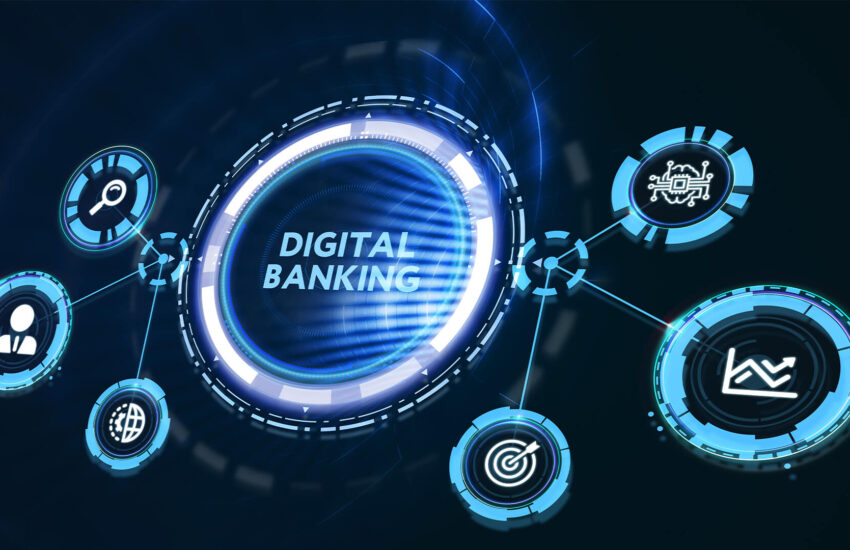What Is Digital Banking?
Digital banking refers to the use of digital platforms, such as websites, mobile apps, and other online tools, to provide banking services and manage financial transactions. It involves offering traditional banking services like account management, fund transfers, bill payments, loans, and more, through digital channels instead of physical branches.
Digital banking has grown significantly in recent years due to the increasing reliance on technology and the shift toward more convenient, efficient, and accessible financial services.
Key Features of Digital Banking:
- Online Account Management
Customers can open, close, and manage their accounts without needing to visit a branch. They can view balances, check transaction histories, and manage account settings. - Mobile Banking
Mobile apps allow customers to access banking services from their smartphones. This can include checking balances, making transfers, depositing checks, or even applying for loans. - Fund Transfers and Bill Payments
Digital banking enables instant transfers between accounts, both within the same bank or to external banks. It also allows users to pay bills and set up automatic payments for recurring expenses. - Loans and Credit Applications
Customers can apply for personal loans, mortgages, or credit cards online. Digital banking makes the process quicker and more convenient, often with minimal paperwork. - Digital Wallets and Payment Systems
Some digital banking platforms integrate with mobile payment solutions like Apple Pay or Google Pay, allowing users to make payments or transfer money directly from their phones. - Security Features
Digital banks implement advanced security protocols like two-factor authentication, biometric verification, encryption, and fraud detection systems to ensure the safety of customers’ data and financial transactions.
Advantages of Digital Banking:
- Convenience
Digital banking enables customers to manage their finances from anywhere at any time, without the need to visit a physical branch. - Speed
Transactions are processed quickly, with many tasks like bill payments, fund transfers, and loan applications being completed in a matter of minutes. - Lower Costs
Digital banking typically offers lower fees or no fees for many services, as it eliminates the need for physical infrastructure and personnel. - 24/7 Access
Unlike traditional banks, which have set hours of operation, digital banks offer round-the-clock access to banking services. - Personalized Services
Many digital banks use artificial intelligence and data analytics to offer personalized financial advice, budgeting tools, and customized offers to customers.
Challenges of Digital Banking:
- Cybersecurity Risks
The digital nature of banking exposes customers to potential cyber threats, such as hacking, identity theft, and phishing attacks. Banks must invest heavily in security measures to protect their clients. - Limited Personal Interaction
While digital banking is highly convenient, some customers may miss the personal touch of face-to-face interactions with bank representatives, especially for complex financial advice or disputes. - Digital Literacy Barriers
Not everyone is comfortable or familiar with using digital banking platforms. This could be a barrier for older generations or those without access to technology.
Types of Digital Banking:
- Online-Only Banks (Neobanks)
These are banks that operate entirely online without physical branches. Examples include Chime, Revolut, and N26. They typically offer lower fees and better rates but might not provide all the services traditional banks do. - Traditional Banks with Digital Services
Many traditional banks have incorporated digital banking features, allowing customers to manage their accounts online or through mobile apps. Examples include JPMorgan Chase, Bank of America, and Wells Fargo. - Mobile-Only Banks
These banks focus on offering banking services exclusively through mobile apps. They aim to provide a seamless, user-friendly experience for customers who prefer managing their finances via smartphones.
Conclusion:
Digital banking is revolutionizing how people interact with their financial institutions. By offering more convenience, accessibility, and efficiency, it’s making banking services available to a wider audience. While there are some challenges, like cybersecurity risks and the potential for limited customer support, the benefits of digital banking are clear, and its continued growth is expected as more consumers embrace the convenience of managing their finances online.

